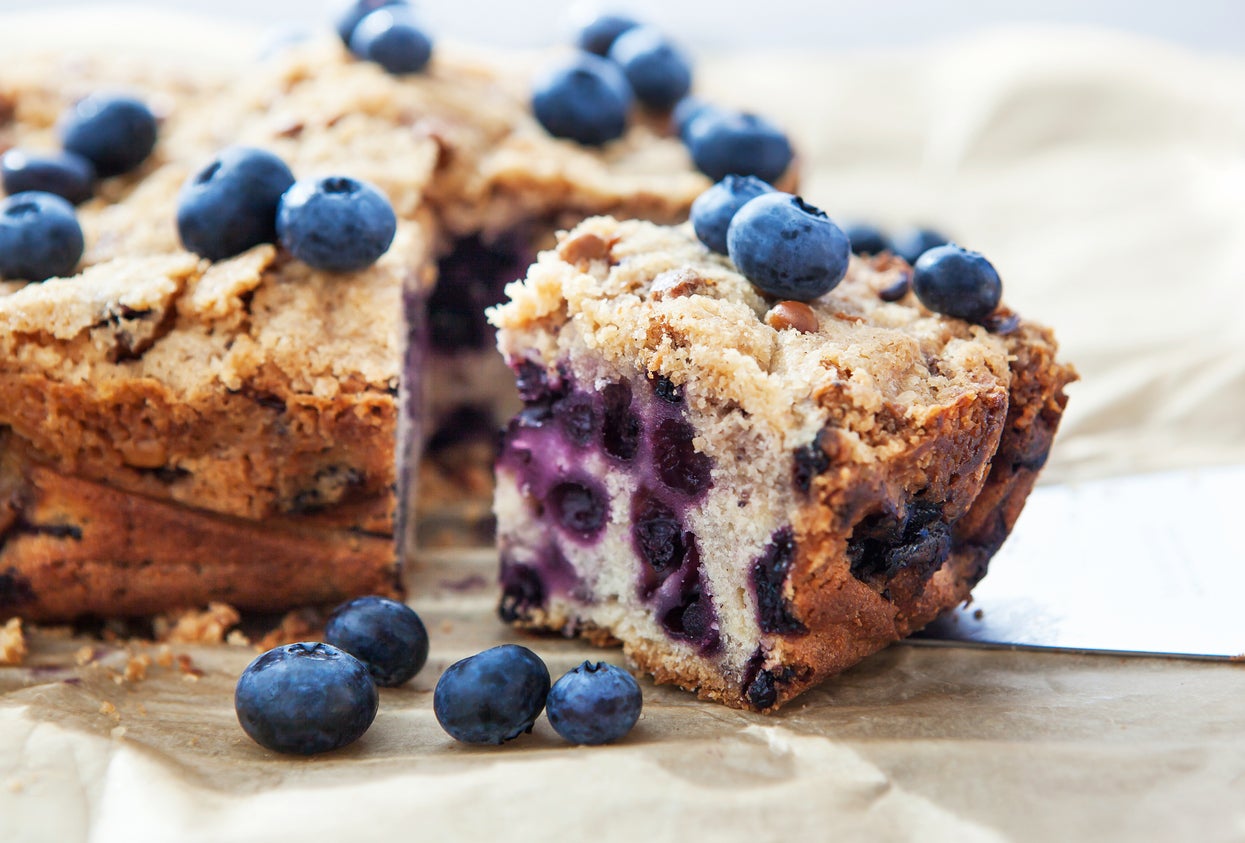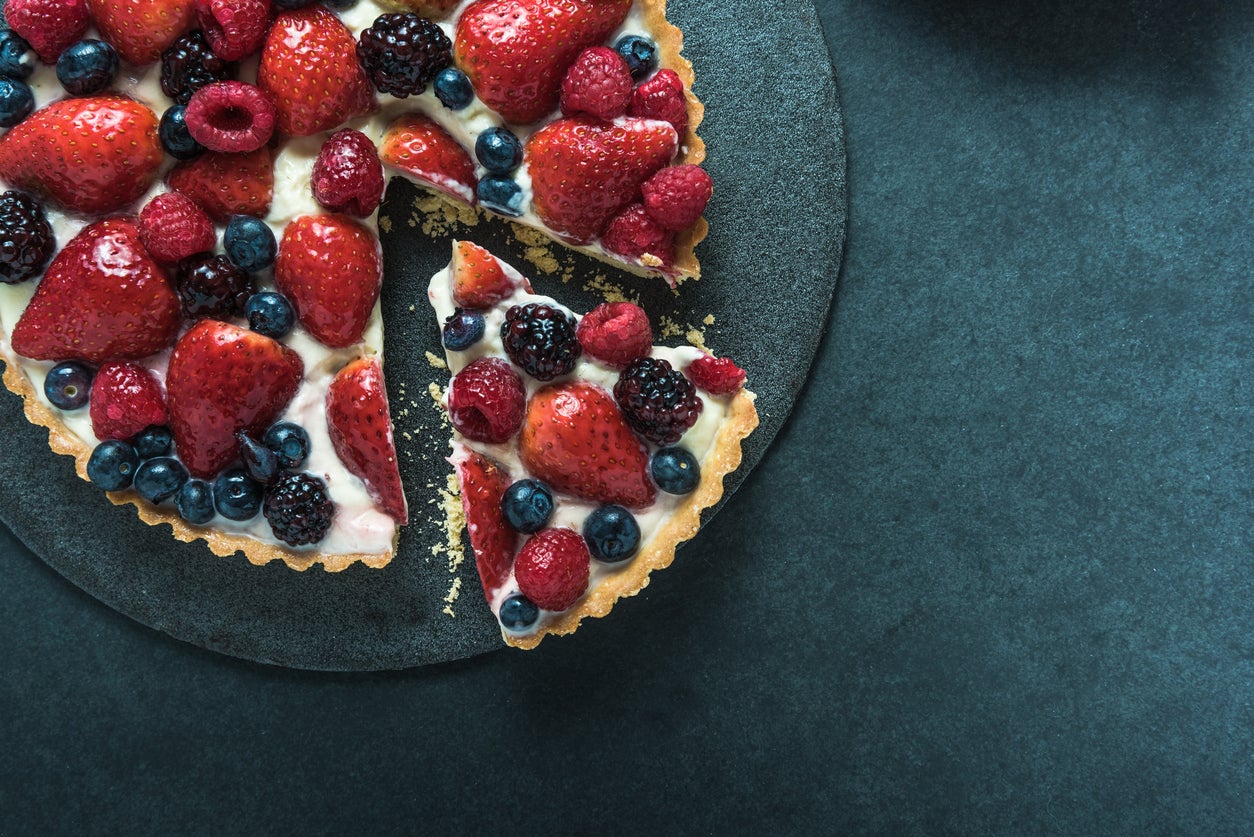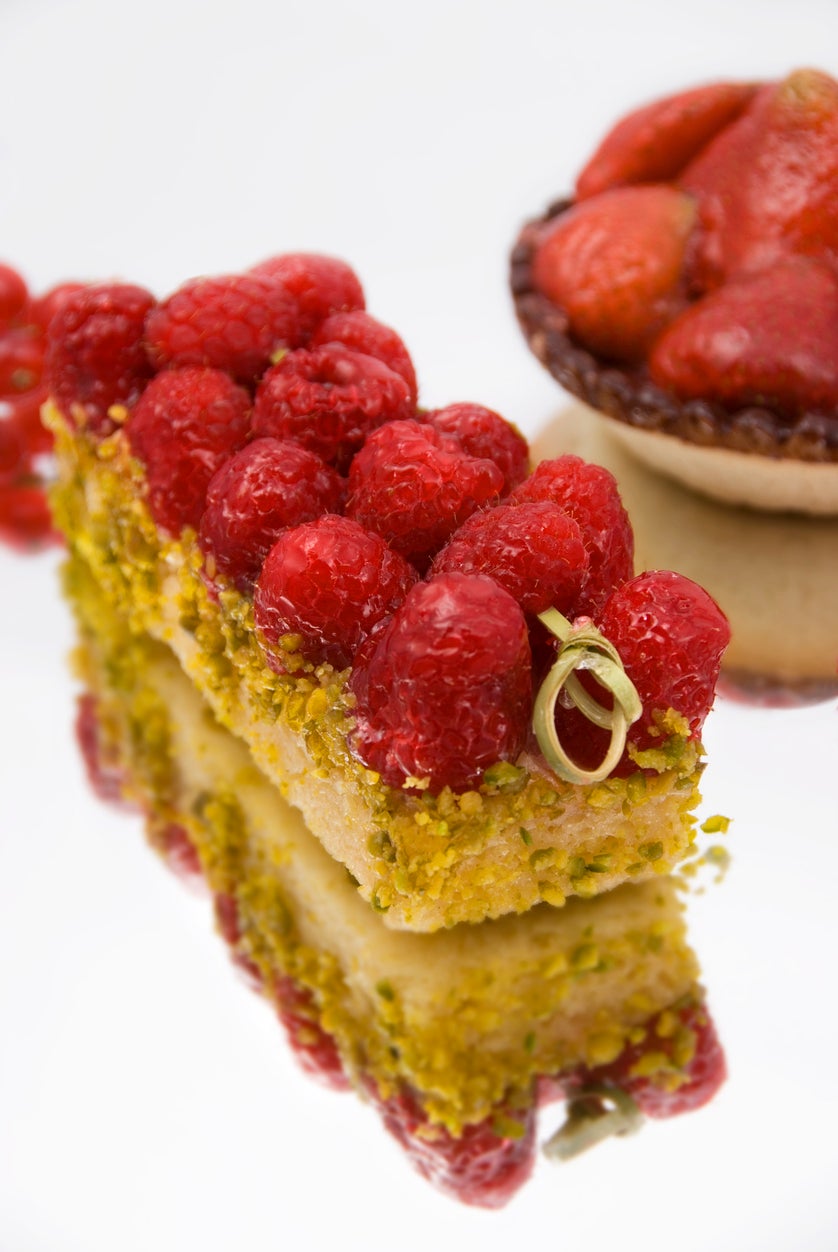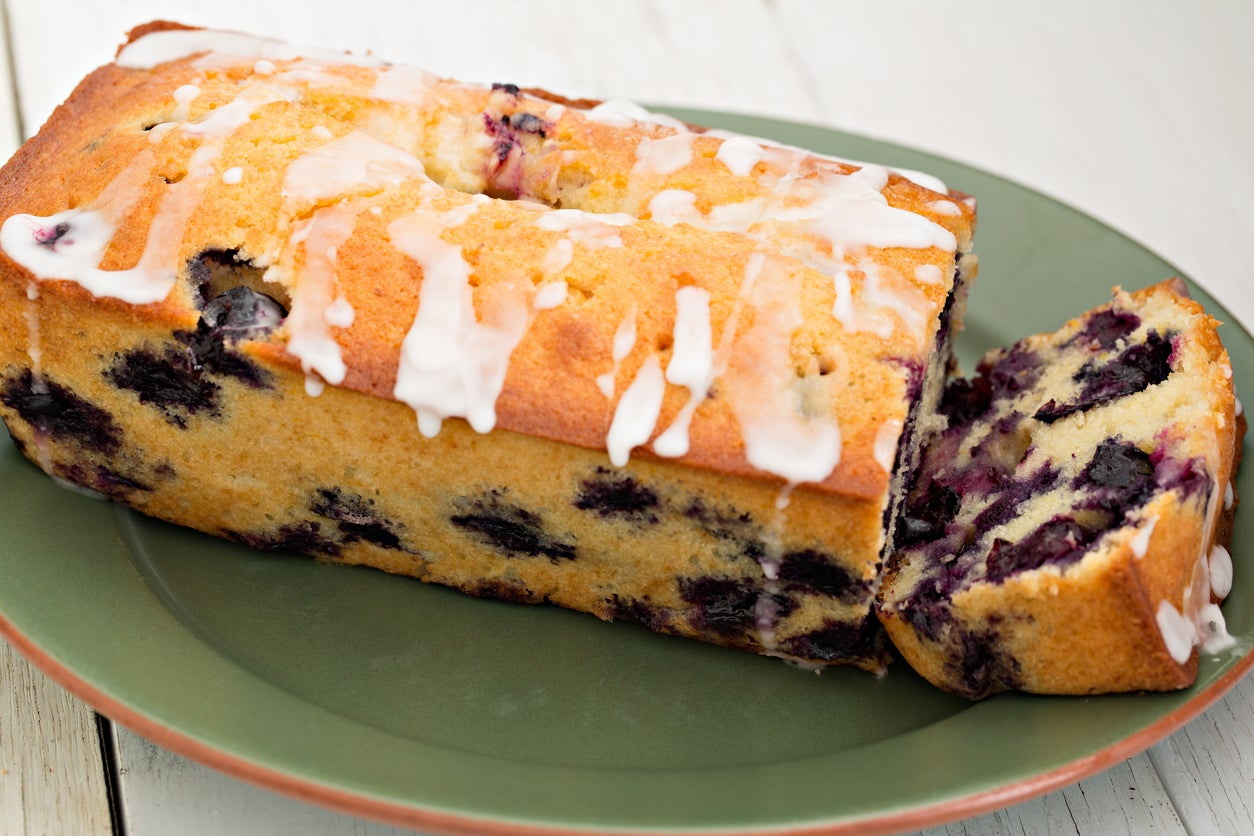Why we should be using berries in abundance

Your support helps us to tell the story
From reproductive rights to climate change to Big Tech, The Independent is on the ground when the story is developing. Whether it's investigating the financials of Elon Musk's pro-Trump PAC or producing our latest documentary, 'The A Word', which shines a light on the American women fighting for reproductive rights, we know how important it is to parse out the facts from the messaging.
At such a critical moment in US history, we need reporters on the ground. Your donation allows us to keep sending journalists to speak to both sides of the story.
The Independent is trusted by Americans across the entire political spectrum. And unlike many other quality news outlets, we choose not to lock Americans out of our reporting and analysis with paywalls. We believe quality journalism should be available to everyone, paid for by those who can afford it.
Your support makes all the difference.My relationship with berries follows the same arc as so many relationships: ignorance, discovery, infatuation, growth, complacency and, then, happy coexistence.
Stage one (blissful ignorance) sees me growing up thinking that raspberries came in a bottle of an overly sweet cordial that you’d dilute with water and drink after school. It was called mitz pettel (“raspberry juice”) and had never seen a fresh raspberry in its life.
Mine was by no means a fruit-deprived childhood. I grew up in Israel, surrounded by an abundance of the tree-grown sorts: fresh figs, pomegranates, lemons and dates. Apart from a glut of late-winter strawberries, though, fresh forest berries – the small fruits, like raspberries, blackberries and blueberries, born on bushes and low plants – were just not around. The hot Middle Eastern climate didn’t allow it.

Stages two (discovery) and three (infatuation) hit me hard during what I rather grandly called the European tour. The reality was delightfully un-grand: it was 1986 and my best schoolmate and I landed in West Germany, bought two old bikes and proceeded to cycle through the Netherlands and Belgium, to Paris.
It took us a month and, along the way, I fell in love with berries. Coming from a land of tree-borne fruit, I couldn’t get enough of the delicious reality of low-lying bushes and plants offering up more fresh berries than I could possibly consume. Our paths were paved with gold, our fingers stained with purple and I was (metaphorically, thank goodness, given my position on the bike) head over heels.
Stage four was growth and learning, when I was working in my first professional kitchen at Launceston Place in London, under the tutelage of the chef Rowley Leigh. He was showing me how to make a summer pudding, and just as he had inverted the berry-filled and wine-soaked bread onto a platter to serve, he inverted everything I had thought about berries until then. For me, they were to be treated with a degree of reverence and restraint; I’d grown up seeing them placed, individually, on top of the rare gâteau in a few cafes in Tel Aviv.
Here, however, Rowley was doing with berries what Middle Eastern cooks do with herbs: using them in absolute abundance. They were not things you would use to garnish or finish off a dish. They were the very building blocks of the dish itself.
Once I fully understood the brilliant power of giving berries the leading role in a dessert, I just rolled along with it. In fact, I possibly went a bit overboard, creating my own berry-filled, berry-topped, berry-dotted, berry-coated, berry-everything set of puddings: white chocolate mousse with crushed frozen berries inspired by Stars restaurant in San Francisco; baked cheesecake with a light biscuit base like the ones I had growing up, now swirled through with a thick blackberry coulis; pies and turnovers stuffed to the brim with stone fruits or apples, alongside blackberries, raspberries or blueberries; and countless ice creams, parfaits, sorbets and semi-freddos, all delightfully cold, sharply sweet and berry bright.
By the time I mastered berries, I also knew I wanted to become a pastry chef so I got a job at a London chain of patisseries, Maison Blanc. Alas, rather than learning the fine art of French cake-making as I thought I would, I found myself on a production line throwing raspberries onto individual crème pâtissière-filled tarts. Within a very short time, my love affair with berries had entered the post-honeymoon phase: complacency. This was not what the catalogue had promised at all. Complacency did not feel right, though, so I hopped off that particular conveyor belt and moved forward.
The years that followed had a moderating effect. They brought with them a slightly more measured, less intoxicated approach. When I set up my own shop window at Ottolenghi in London’s Notting Hill area, raspberry-swirled meringues soon became part of our signature look, alongside many other fruity delights.

My relationship with berries has since kept on moving toward that happy stage of balanced coexistence. The berries are still there, of course, used in all sorts of ways in all sorts of dishes: blitzed to make a purée for icing or buttercream; kept whole in a batter, as with the blueberry cake here, or slightly crushed so the juices start to bleed; hiding inside of a roulade, waiting to be revealed; or sitting royally as they do in this pistachio tart.
The figs, dates, lemons and pomegranates are just as much there as well, splashing their colour through all that I bake, the fruits of my childhood and the fruits of my first trip away from home. It feels as if the arc has come full circle and I’m allowed the best of all worlds.

Blueberry, almond and lemon cake
Serves 8
Time: 1 hours, plus cooling
1/2 cup (1 stick) plus 3 tbsps unsalted butter, at room temperature, plus extra for greasing the pan
1 scant cup granulated or superfine sugar (caster sugar)
1 tsp lemon zest, plus 1 tsp lemon juice (or more juice as needed)
1 tsp vanilla extract (vanilla essence)
3 large eggs, beaten
2/3 cup plain flour, sifted
1 ¼ tsp baking powder
1/8 tsp salt
1 cup almond flour (ground almonds)
1 ½ cups fresh blueberries
2/3 cup powdered sugar (icing sugar)
Heat oven to 200C. Grease a 9- or 8-inch loaf pan with butter, line it with a parchment paper sling and butter the paper. Set the pan aside.
Place butter, sugar, lemon zest and vanilla extract in the bowl of a stand mixer fitted with the paddle attachment. Beat on high speed for 3 to 4 minutes, until light, then lower speed to medium. Add eggs in three additions, scraping down the sides of the bowl a few times as necessary. The mix may split a little but don’t worry: it’ll come back together once you add the dry ingredients.
In a separate bowl whisk together flour, baking powder, salt and almond flour. With the stand mixer on low, add the dry ingredients in three additions, mixing just until no white specks remain. Fold in about 3/4 of the blueberries by hand, then scoop batter into the prepared loaf pan.
Bake for 15 minutes, then sprinkle the remaining blueberries over the top of the cake. Return to the oven for another 15 to 20 minutes, until cake is golden brown but still uncooked. Cover loosely with foil and continue to cook for another 25 to 30 minutes (less for a 9-inch pan, more for an 8-inch pan), or until risen and cooked, and a knife inserted into the middle of the cake comes out clean. Remove from oven and set aside in its pan to cool for 10 minutes before removing cake from pan and placing on a wire rack to cool completely.
When cake is cool, make the icing: add lemon juice and icing sugar to a bowl and whisk together until smooth, adding a bit more juice if necessary, just until the icing moves when you tilt the bowl. Pour over the cake and gently spread out. The blueberries on the top of the cake may bleed into the icing a little but this will add to the look. Let icing set (about 30 minutes), slice and serve.
© New York Times
Join our commenting forum
Join thought-provoking conversations, follow other Independent readers and see their replies
Comments